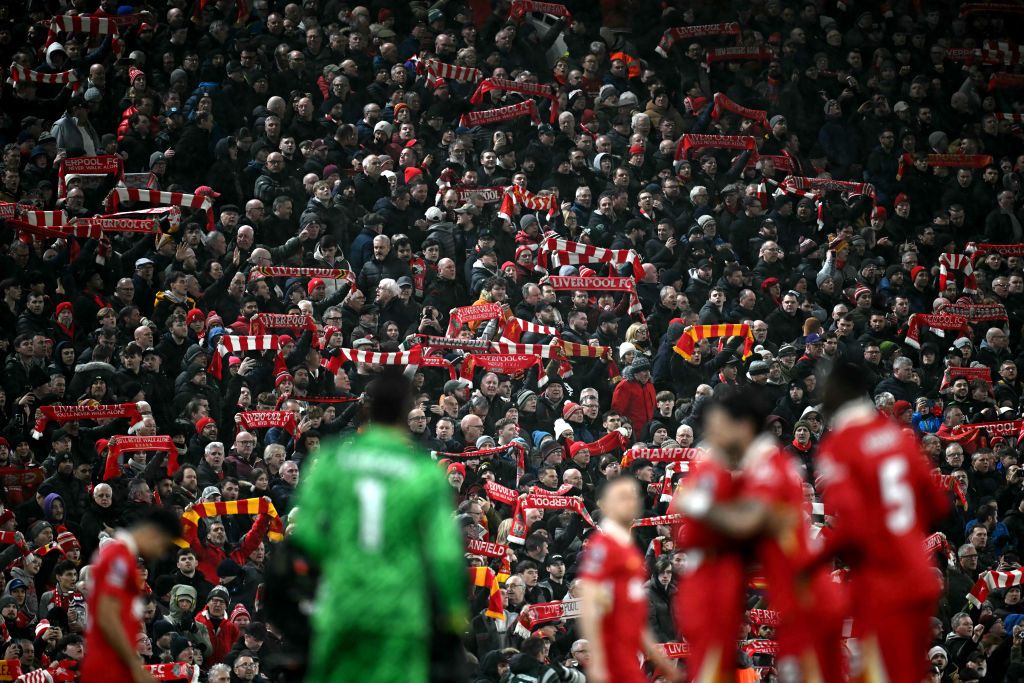
Liverpool are currently enjoying one of the most successful periods in the club’s history.
Two Premier League titles, an FA Cup, two League Cups and a Champions League triumph in the last six years under Jurgen Klopp and Arne Slot have made the Reds one of the most formidable forces in Europe.
To go with the impressive trophy haul, Liverpool boast one of the most iconic stadiums in world football and, in particular, one of the most revered stands in the game. But just how did the Kop, a single-tier section of Anfield that has come to embody the passion of Liverpool fans and strike fear in the hearts of opposing teams, get its name? FourFourTwo takes a deeper look…
You may like
How did Liverpool’s Kop become the Kop?
The name of Anfield’s iconic stand dates back more than 100 years (Image credit: Getty Images) (Image credit: Mark Leech/Offside/Offside via Getty Images)
The origins of Anfield’s now-famous Kop – or Spion Kop – date back more than a century to a battle that took place during the Boer War in South Africa.
In 1900, members of the British army fought to capture a hilltop named Spion Kop – meaning ‘spy hill’ in Afrikaans – but lost more than 300 soldiers in the fighting.
Steven Gerrard enjoyed many happy occasions in front of the Kop (Image credit: Getty Images) (Image credit: Getty Images)
Many of the casualties were from Liverpool and it is believed survivors of the battle wanted to honour them by naming the new stand at Anfield after the hill they had fought for.
And so, when the ground underwent reconstruction in 1906, the then sports editor of the Liverpool Echo, Ernest Edwards, called the stand, which had a notably steep incline, what would become its iconic name in tribute to the fallen.
In fact, Spion Kop can be used colloquially as a name or term for any single-tier terrace or stand at a sports stadium.
However, Liverpool officially recognised the title in 1928 after roof repairs were completed at Anfield, which came in at number three on FourFourTwo’s list of the best football stadiums in Britain, and the name has since become largely synonymous with the Merseyside club.
Arne Slot led Liverpool to a record-equalling 20th top-flight title in his first season (Image credit: Getty Images) (Image credit: Getty Images)
Following the tragic events at Hillsborough in April 1989, the Kop was made into an all-seater stand on safety grounds, with the final game in front of the standing Kop coming on April 30, 1994 against Norwich.
The Kop currently holds 12,850 spectators, but to many visiting players and fans who have experienced its deafening roar during domestic and European encounters over the years, it may well have felt like a lot more.
Disclaimer: This news has been automatically collected from the source link above. Our website does not create, edit, or publish the content. All information, statements, and opinions expressed belong solely to the original publisher. We are not responsible or liable for the accuracy, reliability, or completeness of any news, nor for any statements, views, or claims made in the content. All rights remain with the respective source.
